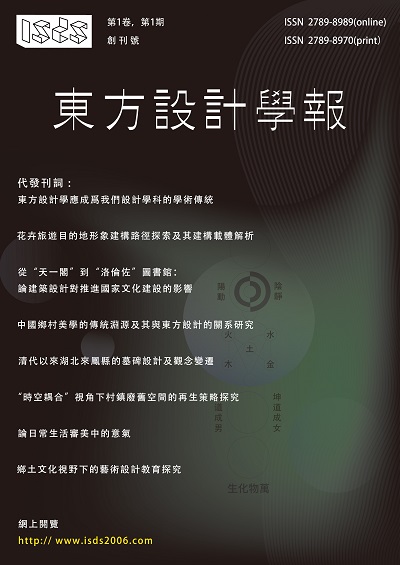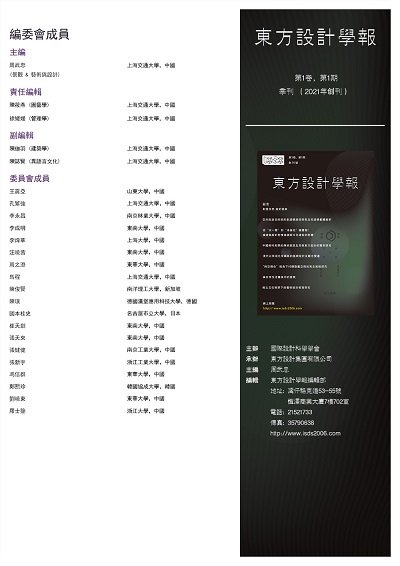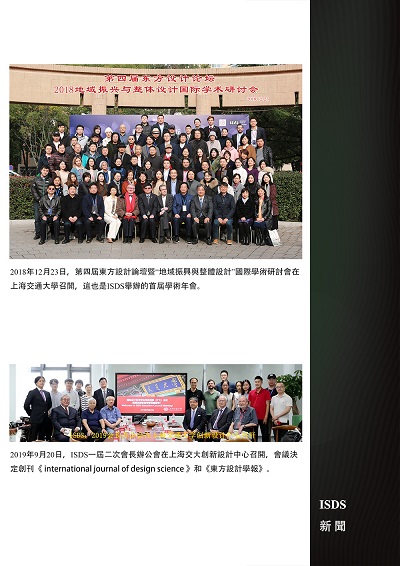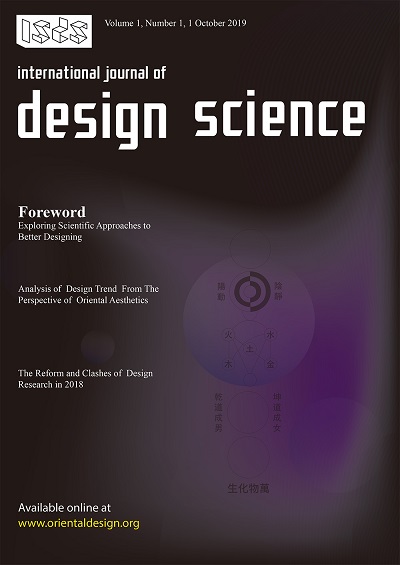



This is a speech delivered by the author at the alumni meeting of the Design School of Shanghai Jiao Tong University on October 28, 2017. It is also an in-depth reflection on the development of the design discipline. The author mainly puts forward three academic viewpoints. Firstly, combining design and industry, design and environment to ensure the “double wheel drive”. Establishing innovative design discipline group which integrates the development of science and art. Secondly, the design discipline must have its own academic tradition. No academic tradition, no inheritance and innovation. Thirdly, with a history of 30 years, the design school of Jiao Tong University can take the Oriental design, which is centered on the excellent traditional Chinese culture, and the combination of the concepts and means of modern design as its own academic tradition.
As a popular tourism type with a a huge potential market, flower-themed tourism could only maintain sustainable development by providing a destination with uniqueness and consistent high quality,that is, constructing an attractive flower-themed tourist destination image for visitors. From a strategic perspective, this paper discussed both endogenous and exogenous solutions for the construction of flower-themed tourist destination image, and put forward with three construction paths: activation of traditional resources, recreation of nature and transplantation of exotic image, and analyzed flower landscape, flower festivals and events, and flower tourism commodities in detail, which are the three main image construction carriers of this tourism type, aiming to provide a positive reference for the theoretical research and design practice in this field.
This article takes two major family libraries in China and Italy in the second half of the 16th century, namely the Tianyi Pavilion in the Late Ming Collection and the Lorenzo Library in Florence during the Renaissan ceasres earchcases. From the perspective of design culture, ituses comparative research methods to explore the aftermath Cultural factors for the differences indevelopment between China and the West. Through the comparative analysis of the architectural layout, space safety and furniture design styles, characteristics and functions of the two libraries, the study found the different library cultures mapped by the design and the social and historical reasons behind them, and explored the two libraries’ influence on knowledge, service, Different cultural values and their influence on society provide references for contemporary Chinese social and cultural construction.
The traditional origin of Chines eruralaesthetics is them ainbody of Chinese aesthetics, and it will also become the common wealth of human culture and art, because the proposal of “Oriental Design” has a direct relationship with “Western Design”, and it is also a “fusion between China and the West” based on the extensive absorption of Western aesthetics. By studying the relationship between the traditional origin of Chinese rural aesthetics and ancient design thought, and the closerelationship between ruralaes thetics, oriental designan dorientaldes ignstudies. Thus, the outstanding point of “Oriental Design” represented by China is the uniqueness of landscape or pastoral aesthetics. At the same time, these are the traditional origins of “rural aesthetics” and become the traditional essence of “Oriental Design” or “Oriental Design Science” that needs to be seriously treated and inherited, as well as grasping and highlighting “Chinese characteristics” or “Chinesespirit”.
The “Pailou tombstone” in Laifeng County, Hubei Province since the Qing Dynasty is a kind of tombstone that imitates the memorial archway, it is a testimony of the transformation from tradition to modernity. First of all, the initial purpose of it was used by local officials to persuade and reform the Tu and Miao people to use the burial customs instead of cremation customs. Secondly, with the development of the times, the tripartite concept of those who use tombstones, those who worship tombstones, and the stonemasons who make tombstones has continued to change, which has caused a huge difference in the choice of carving subjects between ancient and contemporary tombstone decorations. Third, the inscription reflects the transition process of the inner meaning of the family from the clan with the same surname to the core family.
With the process of urbanization, a large number of abandoned spaces in modern towns carrying social emotion and collective memory are facing the crisis of melting. This paper points out the problem of “temporal and spatial differentiation” of abandoned space. Narrative methods are used to sort out spatial semantics and arrange narrative clues, in order to show the hidden humanistic events and social emotions behind the space, so as to furtherly achieve the coupling of “time” and “space”, and improve the cultural perception and emotional experience of space places. The regeneration strategy of abandoned space proposed in this paper provides a new way for urban renewal and transformation in the future.
Around the issue of “Aestheticization of daily life”, there are two completely different attitudes in the academic circles. These two attitudes are actually asking “whether aesthetics is a kind of life or a transcendence and criticism of life”. When the modern design theory is faced with the daily life full of instrumental rationality, it is worth advocating to abandon the Kantian theory of “aesthetic interest free” artistic aesthetic self-discipline and turn to the pragmatic concept of “life is aesthetics”. By analyzing the aesthetic phenomenon in Yori in Edo period, this paper attempts to take it as a proof to prove that “life is aesthetics” and answer the question of “Aestheticization of daily life”.
As the main body of art design education courses, rural youths, their cognition and cultivationofruralhumanitiesandemotions, as well as their creativity and aesthetics, are important forces for the future development of rural areas. In accordance with the general requirements of “prosperous industry, livable ecology, civilized rural customs, effective governance, and affluent life”, the development of rural art design education courses based on rural culture is conducive to promoting the all-round development of ruraly ouths for thinking about the future of the countryside. Aiming at the current problems in rural art design education, this article proposes countermeasures on how to better link school art classrooms with rural communities, improve teaching quality, and createrural cultural brands that are inline with current cultural trends and popular among the public. The development of art design education provides new ideas and solutions. So as to promote the all-round development of ruralyouth.